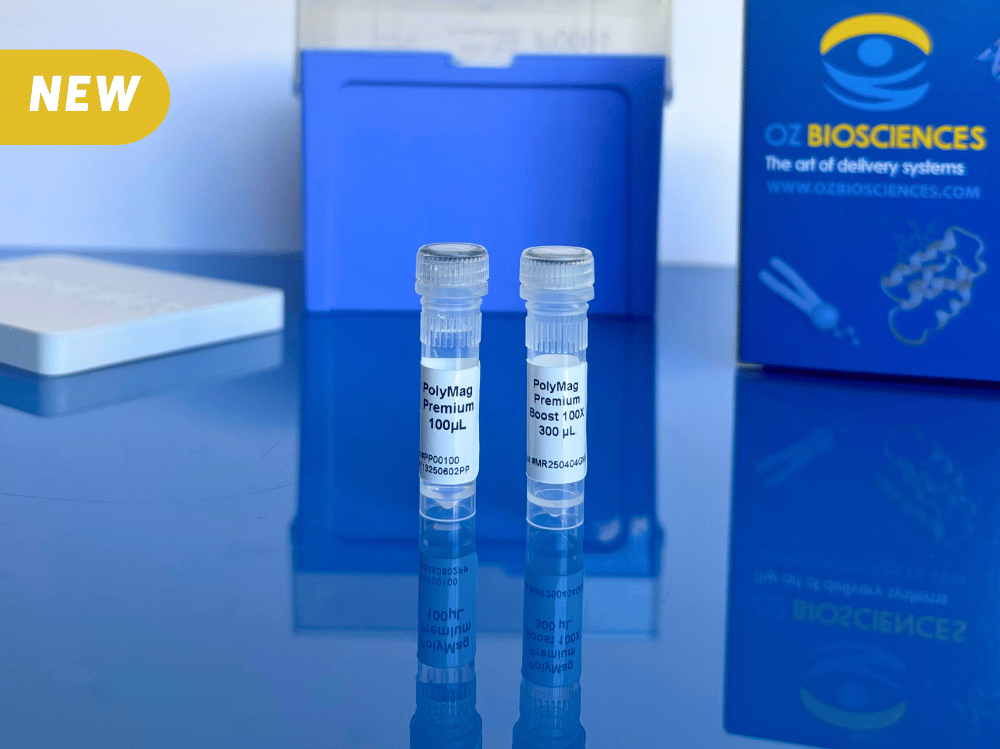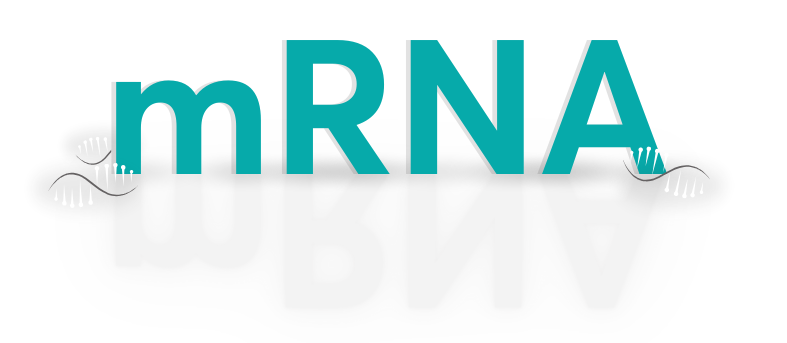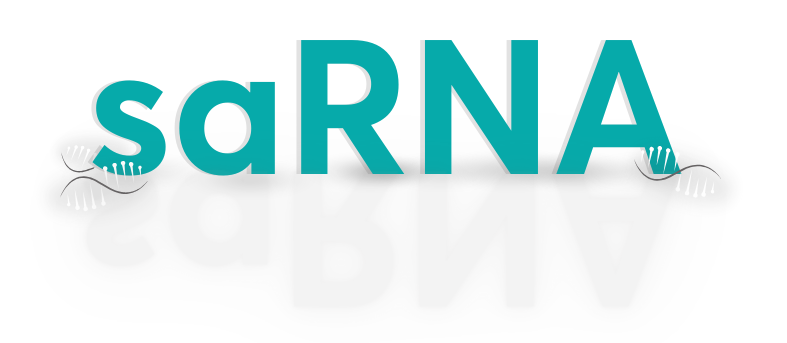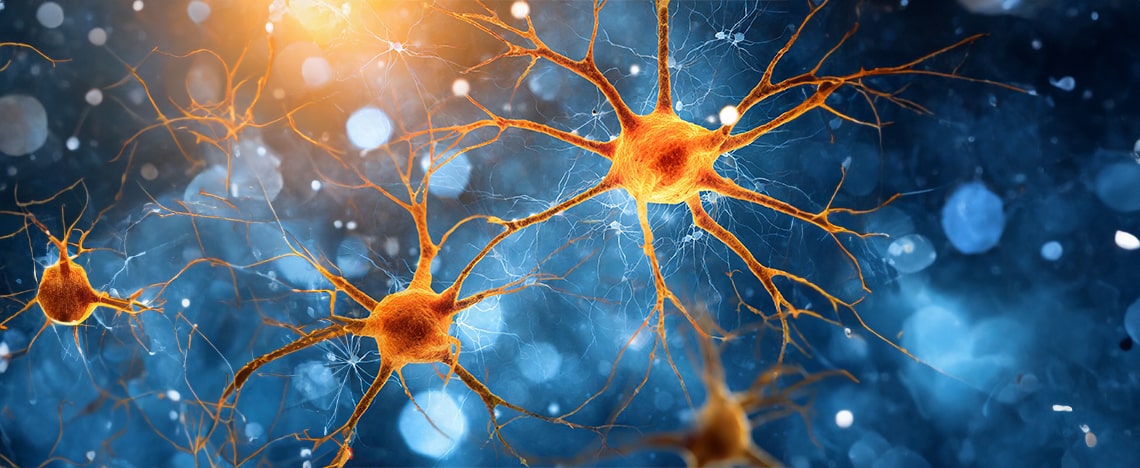Introduction
In this webinar, we delve into the world of Magnetofection and its applications in neuroscience research. We will explore the principles, methods, and applications of Magnetofection, and introduce how our products, Neuromag and Glial-Mag, can revolutionize your neurosciences experiments.
Understanding Magnetofection
Magnetofection is a transfection technique that utilizes a magnetic field to enhance the delivery of nucleic acids into cells to express a gene or inhibit the expression of others. Nucleic acid vectors (DNA, mRNA, miRNA, siRNA, etc.) are associated with magnetic nanoparticles through electrostatic and hydrophobic interactions, and Magnetofection allows these complexes to be concentrated on the surface of cells, thereby increasing transfection efficiency and enabling targeting of specific cell types such as neurons or microglial cells. This technique offers precise control over transfection parameters and is widely used in neurosciences research for gene delivery and manipulation.
Advantages of Magnetofection
Magnetofection offers numerous advantages, such as high transfection efficiency and targeted delivery, especially in vivo. Its main strengths come from the fact that this method allows for precise optimization of transfection conditions, ensuring cell viability and minimizing off-target effects, making it a preferred tool in neurosciences research. This transfection method offers researchers unparalleled control and precision in their experiments on neurobiology and brain function.
Introduction of Neuromag
As a leader in magnetic nanoparticle technology, we are proud to introduce Neuromag and Glial-Mag, our solutions to enhance transfection efficiency in neurons and microglial cells. These reagents are specifically designed to overcome the unique challenges of transfecting brain-derived cells, offering superior performance and increased reliability compared to traditional transfection methods. With Magnetofection, researchers can achieve efficient gene transfection with minimal cytotoxicity, enabling more precise and reproducible results in their neurosciences studies.
Conclusion
In conclusion, Magnetofection represents an effective approach to transfection in neurosciences research. By harnessing magnetic fields, researchers can explore new possibilities for studying the brain and nervous system. Whether you are studying neurodevelopmental processes, exploring neuronal circuits, or developing new therapies for neurological disorders, Magnetofection offers unparalleled precision and efficiency in delivering nucleic acids to neuronal cells. We invite you to explore further and discover the transformative potential of Magnetofection in your neurosciences research projects.





